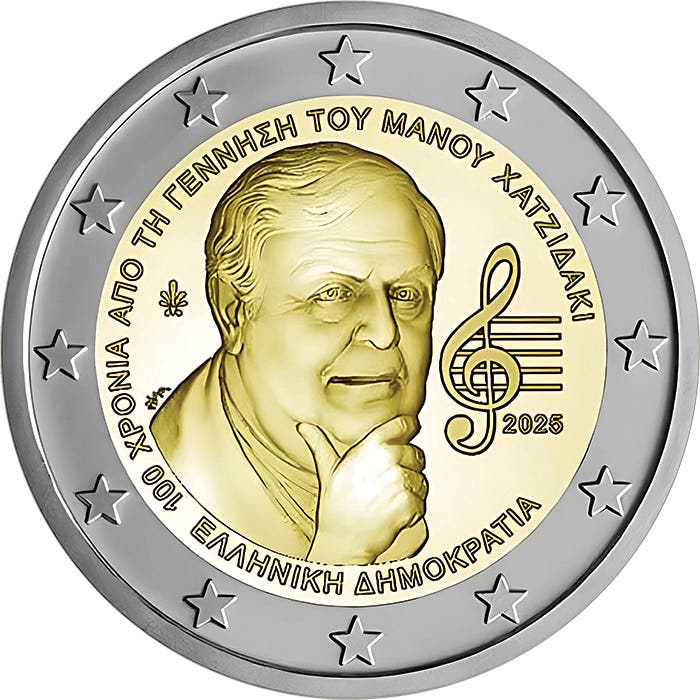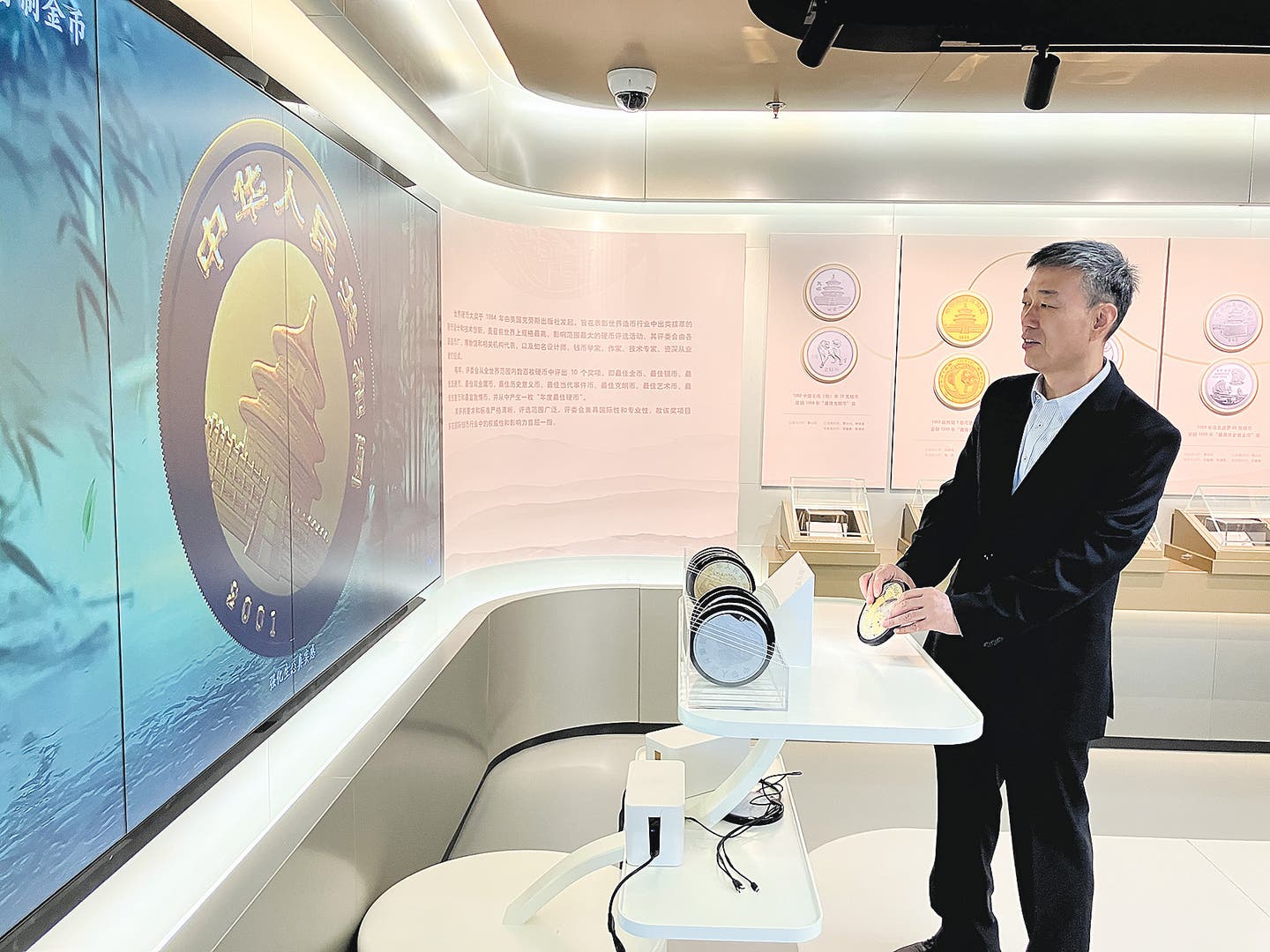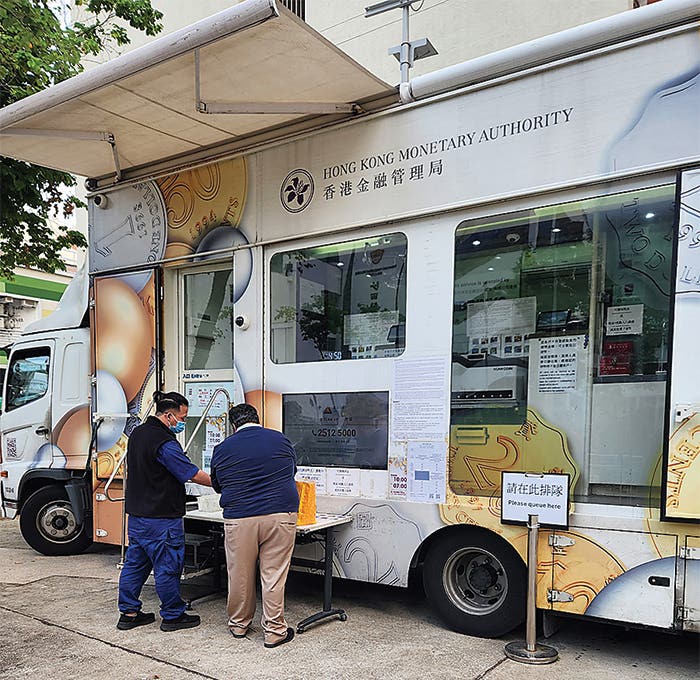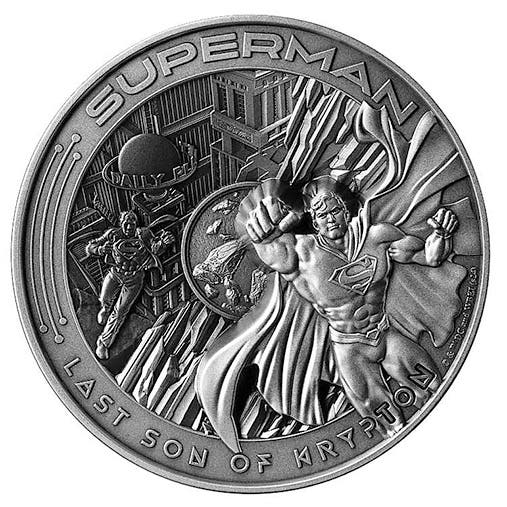Genius Newton chased counterfeiters
Sir Isaac Newton was born on Dec. 25, 1642. The Royal Mint has marked the 375th anniversary of the birth of its former Warden and Master by issue of a…
Sir Isaac Newton was born on Dec. 25, 1642. The Royal Mint has marked the 375th anniversary of the birth of its former Warden and Master by issue of a commemorative 50-pence coin. This is the first UK coin to celebrate the renowned mathematician, astronomer, physicist, politician – and Master of the Mint.
Four versions of the 2017 commemorative 27.30 mm diameter 50p are available: a 15.50 g 0.917 fine gold proof, a 16.00 g .925 fine silver piedfort, an 8.00 g .925 fine “hand-toned” silver proof, and an 8.0 g cupronickel BU specimen. Mintages are 634, 4,500, 7,000, and unspecified, respectively.
The reverse design honoring Newton is by Aaron West, a Royal Mint graphic designer. The aim of his work is to illustrate Proposition 11 in Book One of Newton’s ground-breaking Principia Mathematica. This concerns the laws that determine the movement of bodies in space. He found his ideas best expressed within the low relief of the coin though using reflected shapes of circular lines. He has slightly angled these to yield a layering of the reflected light.
Newton is credited with setting the planets in their orbits. But readers steeped in the history of numismatics will be well aware that for 30 years he was in charge of the Royal Mint.
He took over as Warden in 1696. He got his appointment principally as he had backed the winning side in the Glorious Revolution that saw James II driven from the throne. The position came with a stipend of some £500 a year.
Unusually for a Warden, he showed up for work. He soon learned that about 20 percent of the coins the Mint received during the recoinage of 1696 were counterfeit. Despite forgery being a capital crime, few were ever convicted of and executed for the offense. Newton set out to change this.
Between 1698 and 1699, he took personal charge of the examinations of witnesses and informers. He also went undercover to gather evidence, particularly concerning master forger William Chaloner, who enjoyed the protection of friends in high places. It took him two years, but in 1699 Newton had Chaloner hanged, drawn and quartered at Tyburn. In all, Newton successfully prosecuted 28 coiners whereupon the incidence of forgery dropped abruptly.
He was duly promoted to be Master of the Mint in 1699, with his annual salary increased to £1,500.
Following the Act of Union in 1707, he oversaw the recoinage of Scotland and, subsequently, the adoption of a common coinage by the two former independent kingdoms.
Newton brought his scientific approach to the workings of The Royal Mint. This had a far-reaching effect on both the UK’s economy and its previously unruly and disparate coinage. His best-known achievement in this area was fixing the value of the gold guinea at 21 shillings. Not only did this stabilize Britain’s currency, it laid the grounds for adoption of the gold standard a century later.
This article was originally printed in World Coin News. >> Subscribe today.
More Collecting Resources
• Liked this article? Read more by subscribing to Numismatic News.
• Start becoming a coin collector today with this popular course, Coin Collecting 101.









